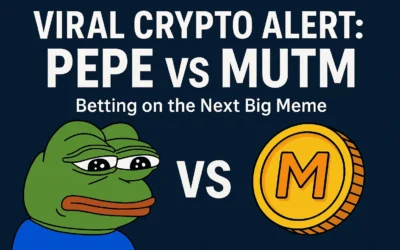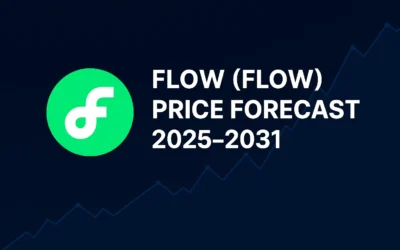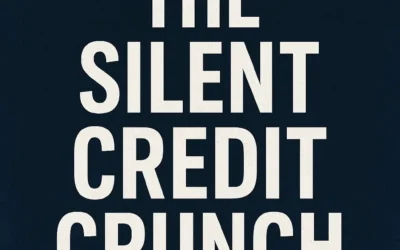This sudden shift raises critical questions for anyone relying on these safe investments: What does the decline in Livret A mean for the broader market? And how will this affect your savings strategy moving forward?
In recent months, the Livret A—France’s popular savings account—has seen a significant rate decline. For many investors and savers, the Livret A has long been the go-to risk-free investment. However, with its falling returns, other low-risk investments are starting to feel the pressure as well.
Let’s dive into the details and understand what’s happening—and what actions you should consider.
What Is Livret A and Why Is It So Popular?
For those unfamiliar, the Livret A is a tax-free savings account that has been the cornerstone of the French savings landscape for many years. Available to all residents in France, it offers a safe, government-backed investment where savers can store their money with minimal risk. The appeal lies in its zero-risk nature combined with attractive tax benefits, which have made it a popular choice for people looking to build an emergency fund or save for short-term goals.
The Livret A rate is set by the French government and generally reflects the state of the economy. In the past, it has served as a reliable, low-risk place to park cash and generate modest returns.
However, recent changes to the rate have left many investors questioning whether this is still a viable option.
Why Is Livret A’s Rate Declining?
The Livret A rate is directly linked to inflation and economic conditions. As inflation rates in the Eurozone have fluctuated, so too have the returns on savings accounts like the Livret A. The recent rate cuts have been largely driven by economic policies aimed at stabilizing the market, but they have eroded the purchasing power of savers who were once comfortable with these returns.
While the rate decline may seem small, it reflects a larger trend in the savings market—especially as central banks try to control inflation by tightening interest rates. Unfortunately, for those relying on Livret A for safe returns, the reduction in interest is leaving them with less attractive options.
How Is This Affecting Other Risk-Free Investments?
As the Livret A rate falls, other risk-free investments are also being impacted. Here’s why:
- Lower Yields Across the Board
Many low-risk investments, such as government bonds, savings accounts, and even short-term deposits, are seeing similar declines in their interest rates. This means that savers and investors who once flocked to these safe options are now left with fewer alternatives offering meaningful returns. - Competition for Safe Investments
With low returns from options like the Livret A, investors are increasingly searching for alternative safe-haven investments. Some may be looking at assets like real estate, gold, or high-quality corporate bonds for stability. However, even these options come with their own risks and aren’t as risk-free as they may appear. - Increased Market Volatility
While risk-free investments are typically associated with stability, their lack of attractive yields is forcing investors to reconsider their allocations. This shift could lead to increased demand for more speculative investments, increasing market volatility in the long run. - Interest Rate Policies and Bond Prices
As central banks adjust interest rates, bond prices may fluctuate. A decline in Livret A and other savings rates signals the possibility of lower rates on government-backed securities as well, potentially diminishing the appeal of bonds as a risk-free asset.
What Does This Mean for Your Savings Strategy?
For individual investors and savers, this change in the Livret A and broader low-risk investment landscape demands a shift in strategy. Here are some considerations:
Rethink Your Risk-Free Strategy
While Livret A may no longer provide the returns it once did, it is still a low-risk investment. However, with rates falling, it may no longer be your best option for building wealth. Look for ways to diversify your low-risk portfolio. Consider exploring:
- Government bonds (although their rates are also lower, they offer relative safety)
- Corporate bonds with better returns
- Real estate as an alternative to traditional savings
- Dividend-paying stocks from established companies (though these come with some risk)
Focus on Inflation-Linked Investments
Inflation-linked bonds or Treasury Inflation-Protected Securities (TIPS) can provide protection against inflation while still offering a safe investment return. These assets might be more attractive as they maintain their value relative to inflation, unlike traditional savings accounts.
Increase Your Financial Literacy
It’s essential to stay informed about how economic trends are affecting your investments. The world of savings is changing, and those who understand the broader implications of interest rate policies and global economic conditions will be better positioned to navigate future downturns.
Long-Term Perspective
For many, the Livret A has been a long-term savings tool. In uncertain economic times, it’s important to stay focused on your long-term goals. If low-risk investments are yielding low returns, consider looking at a diversified portfolio of stocks, bonds, and alternative assets that might offer better opportunities for growth over the long haul.
Final Thoughts
The Livret A rate decline is part of a broader trend that is reshaping the landscape for risk-free investments. While Livret A may still serve as a safe place for short-term savings, it no longer offers the same attractive returns that it once did. Savers and investors will need to adjust their strategies and look for alternative low-risk options that offer more competitive yields, even if they come with a slightly higher level of risk.
As with any major shift in the investment landscape, it’s important to stay informed, be flexible, and adjust your financial strategies accordingly. With the right approach, you can navigate the decline of risk-free investments and position yourself for long-term success.
Did you find this article insightful? Subscribe to the Bullish Stock Alerts newsletter so you never miss an update and gain access to exclusive stock market insights: https://bullishstockalerts.com/#newsletter
Avez-vous trouvé cet article utile ? Abonnez-vous à la newsletter de Bullish Stock Alerts pour recevoir toutes nos analyses exclusives sur les marchés boursiers : https://bullishstockalerts.com/#newsletter








0 Comments